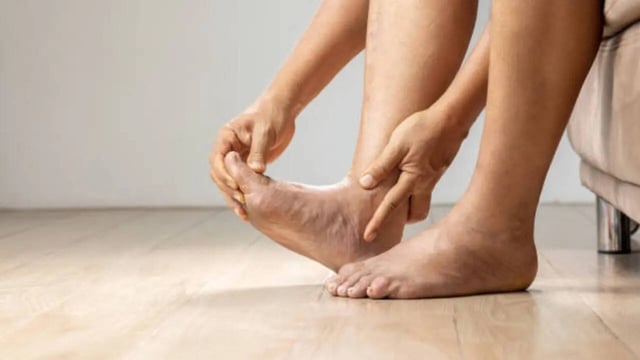Overview
- The British Heart Foundation’s alert stresses that fluid accumulation in the ankles and legs is one of the most common early indicators of heart failure yet often goes unrecognised.
- Inefficient cardiac pumping raises pressure in blood vessels and forces fluid into surrounding tissues, resulting in lower-limb oedema.
- Clinicians rely on the New York Heart Association’s four-stage classification to gauge how symptoms like swelling and breathlessness affect daily life and to guide treatment.
- Oedema may ease overnight but typically worsens later in the day, often hindering walking as excess fluid settles in the lower limbs.
- NHS advice calls for immediate ambulance contact or A&E attendance when swelling or other heart failure symptoms escalate suddenly or become very severe.

